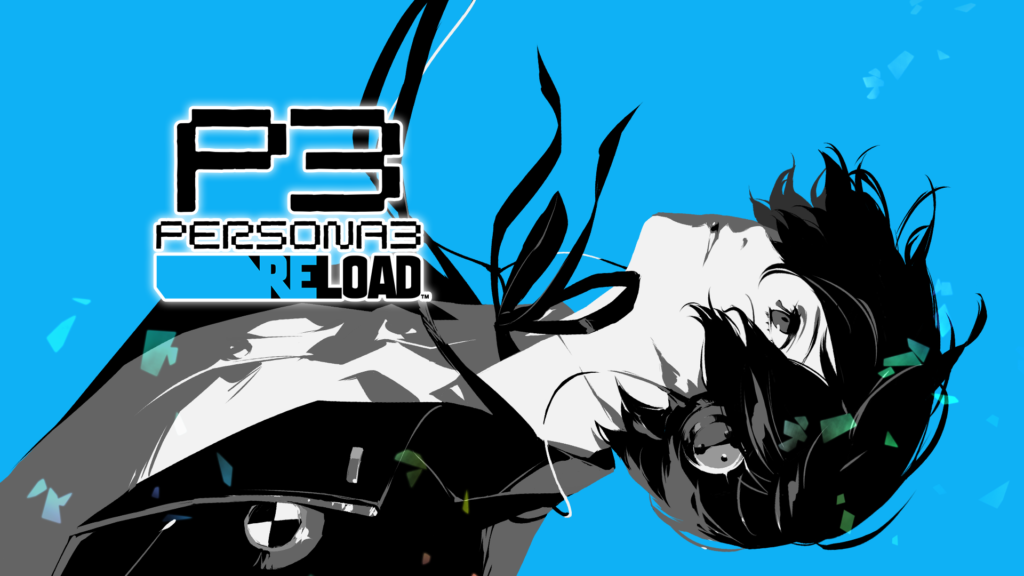Persona 3 Reload (P3R) is a remake of Persona 3, which was released in Japan in 2006 and North America in 2007 for the PlayStation 2. Persona 3 has seen many different iterations since the original release. The Persona 3 cast has appeared in many other media forms, such as spinoff games, an anime series, and even a music rhythm dancing game. But P3R is different, it has been promoted as being ‘built from the ground up’ and this version of Persona 3 is full of additional scenes, enhancements, and new content that both fleshes out the original story and provides general quality of life improvements. These changes lift the original experience to play and look more like the franchise’s most recent entry, Persona 5. It offers a brilliant excuse for Persona 3 fans to replay the adventure, while also providing new players easy access to finally experience this journey for themselves.
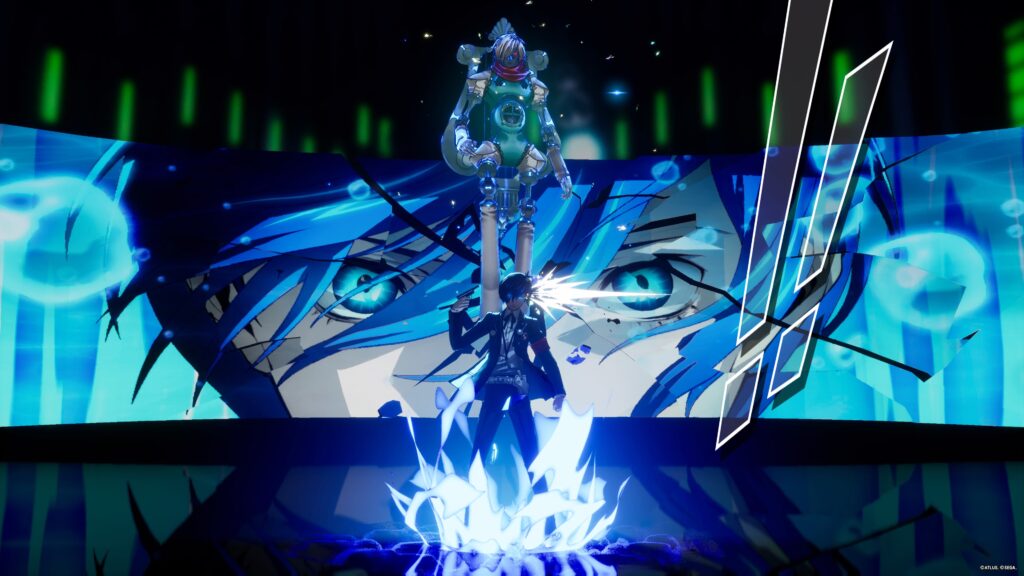
I am one of the latter. I started loving the Persona series with Persona 4 Golden on the PlayStation Vita, and I haven’t looked back. Since then, I have played almost every new Persona game released, including the most recent release spinoff, Persona 5 Tactica. Needless to say, I have been excited to finally play Persona 3 for myself. So, does it live up to the hype?
Playing as a transfer student who arrives in Tatsumi Port Island to attend Gekkoukan High School, you are instantly introduced to the Dark Hour, a hidden hour that begins at midnight each day. During this hour, those who wield the power of Personas must battle Shadows to survive, while everyday humans remain in stasis, never knowing or remembering what occurs during this time. However, people are disappearing, and more and more civilians are suffering something called Apathy Syndrome, losing all sense of energy and the ability to live a normal life. Not only that but during each Dark Hour, Gekkoukan High School transforms into a massive tower known as Tartarus, a location which many believe is the home to the secret of stopping the Dark Hour. It doesn’t take long before your character awakens to the ability to wield their own Persona and begins working towards stopping the Dark Hour once and for all.
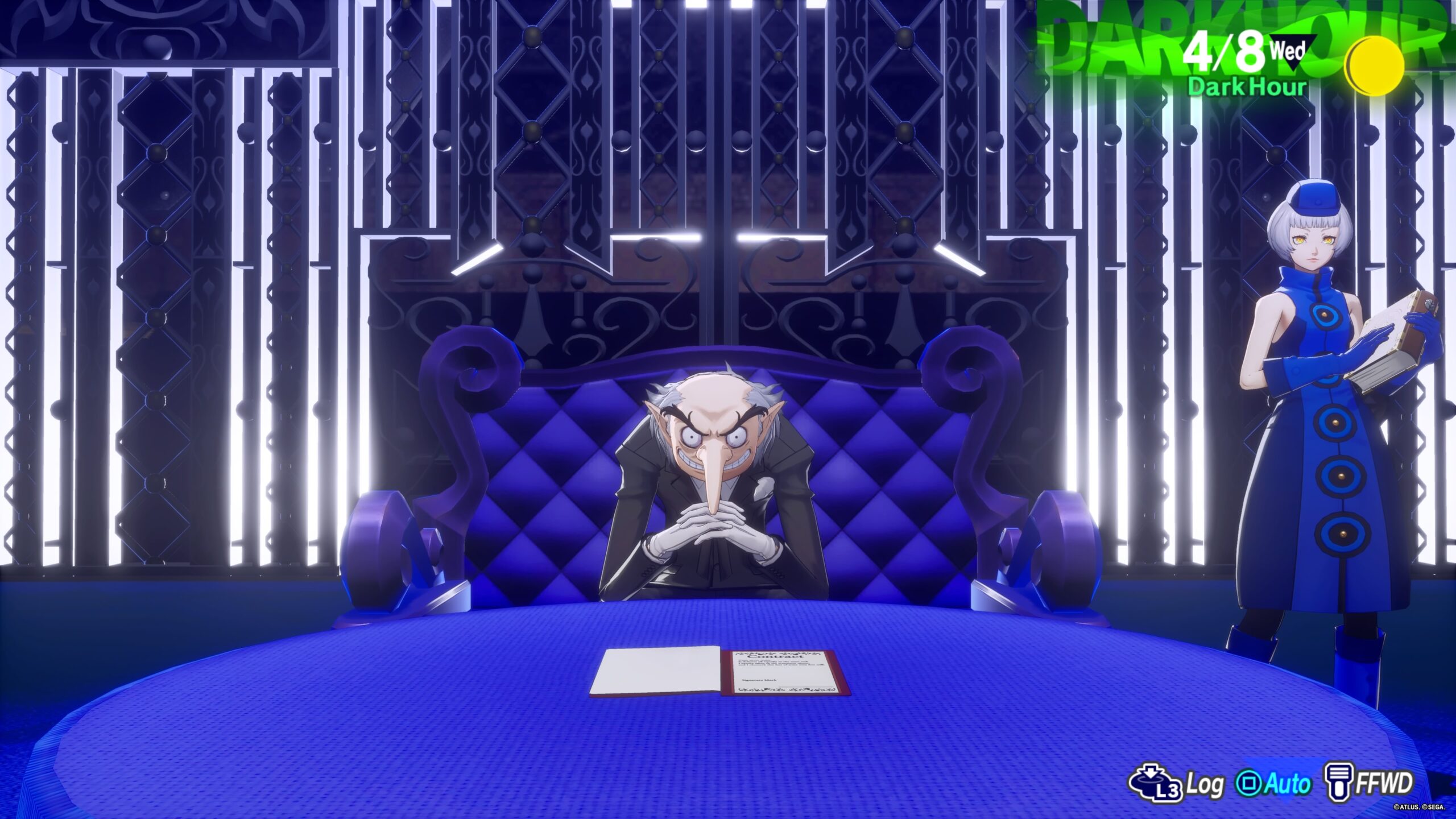
The opening few hours of P3R are incredible. The atmosphere is ominous, the introduction to your own Persona is iconic, and the questions P3R tangles in front of the player had me excited to keep playing. Your character joins a group known as the Specialised Extracurricular Execution Squad, or SEES for short. It is here you meet up with the memorable cast of characters, all of whom have their own powerful backstory and fantastic vocal performances. It must be said that the story of Persona 3 is a slow burn. After the initial brilliance of the introduction, the first 15-20 hours are mostly spent introducing players to the world, side activities, characters, and the typical Persona franchise aspects fans know and love. Does the slow burn pay off? Massively. I found myself engrossed by the deep narrative and the emotional elements it features, such as bullying, depression, and dealing with loss. Compared to Persona 4 and 5, P3R is easily the darkest entry in the series. There are genuine moments that left me shocked, speechless, and an emotional mess. There is no wonder so many fans laud Persona 3 because the story it delivers is excellent.
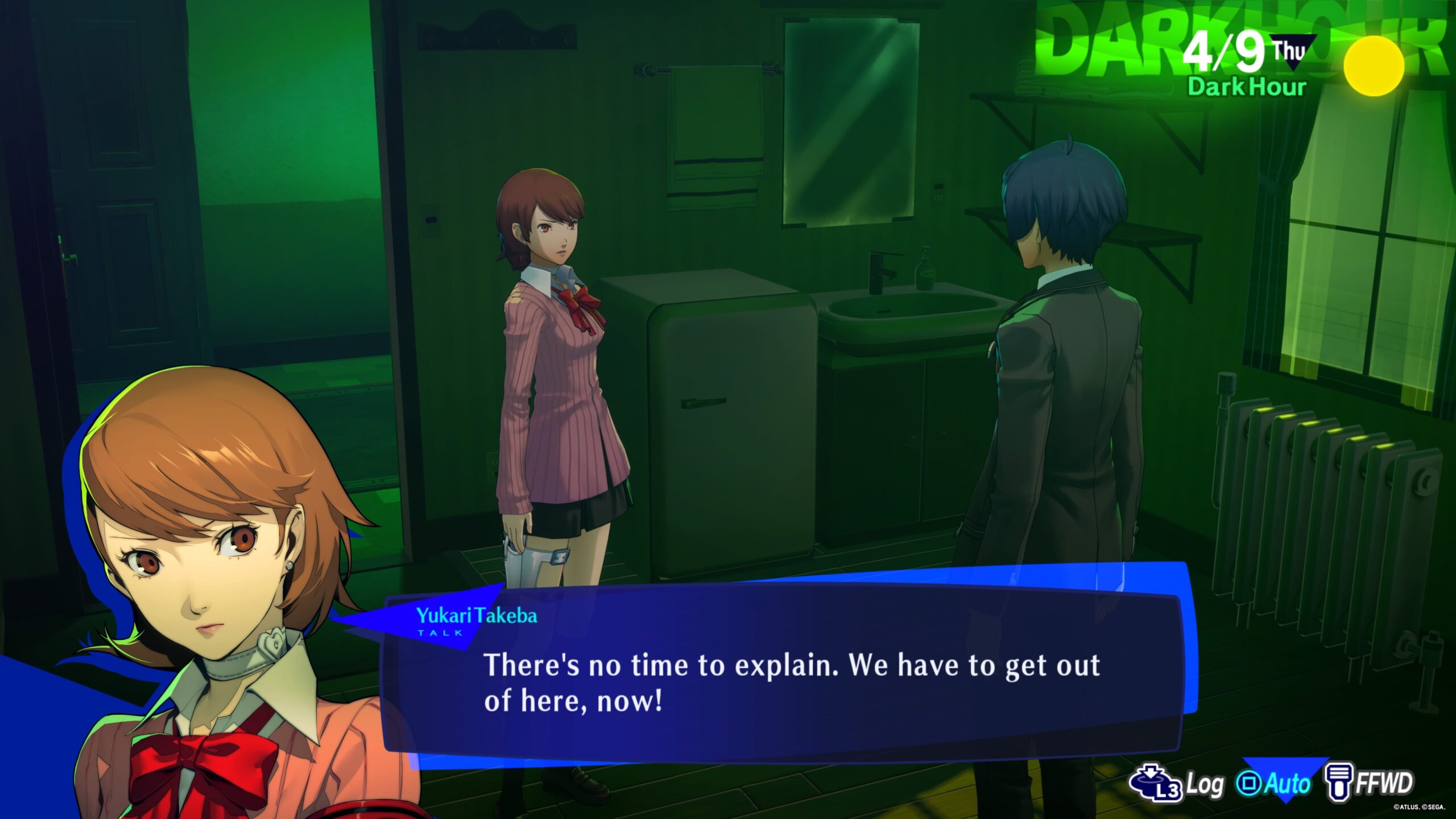
Persona 3 fans will be happy to know there are additional scenes featuring members of SEES that do not have their own designated Social Link. These scenes and the ability to hang out with your SEES teammates at your dorm, partaking in activities such as reading, gardening, and watching movies, all help to flesh out these fantastic characters. If players take the time to invest in the story and the cast of characters, P3R will reward them with some of the most well-developed characters I have experienced in a long time.
For those unaware, Persona is structured around your daily schedule. You will attend school, hang out with friends, battle Shadows, and even work part-time jobs, but there is only a finite of opportunities to spend your time within each day. P3R provides players with a wealth of activities to undertake, but it is up to the player to decide how they spend their time. Undoubtedly, the best way to spend your time is forging bonds with the plethora of Social Links P3R has to offer. Social Links are friendships you form with characters throughout the world, with each individual having their own unique story and each character fully voiced. These stories take place across ten distinct encounters, but to reach those encounters, players must nurture the friendship through multiple choice dialogue options and spending time with each character.
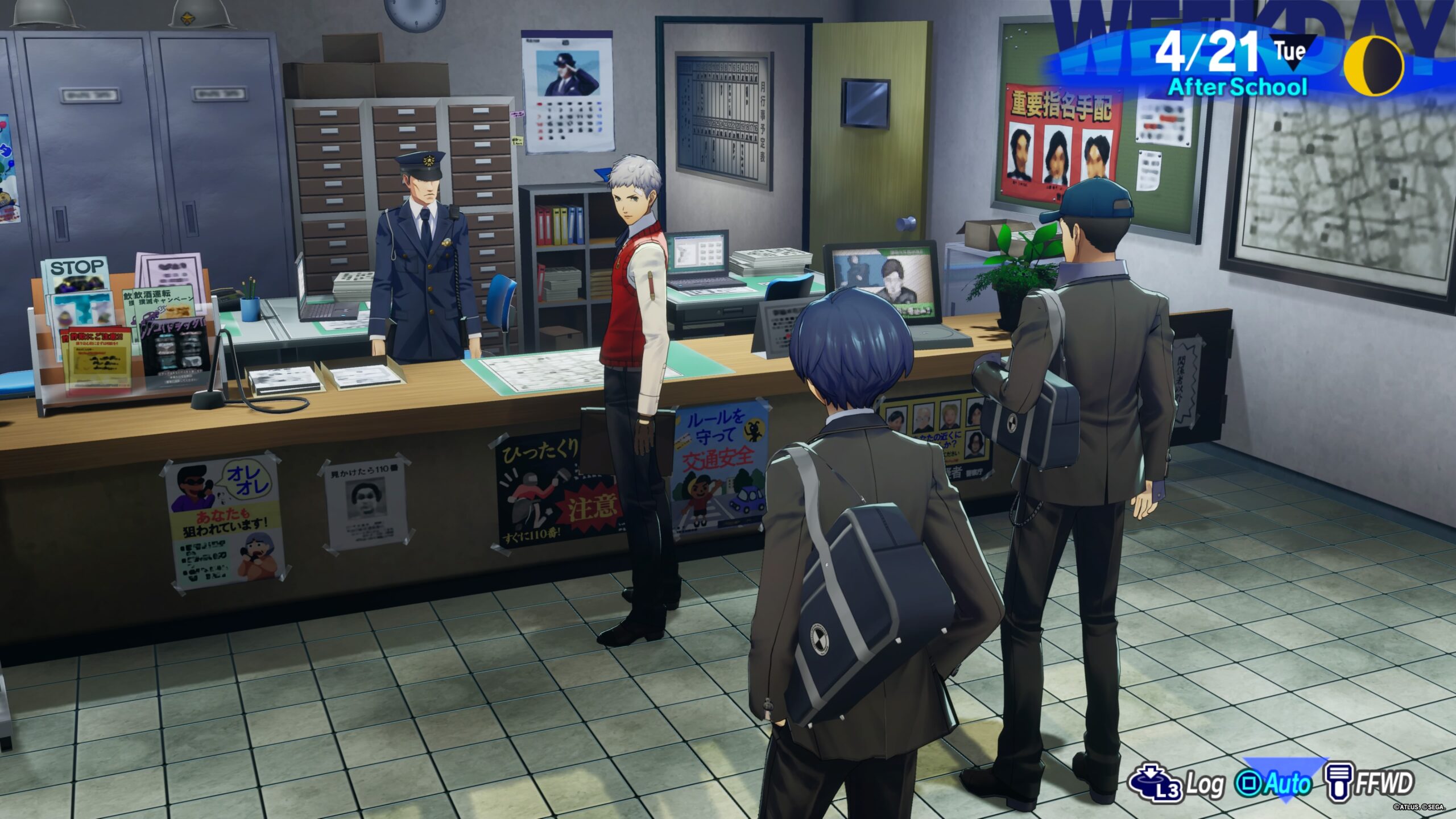
P3R delivers some tremendous Social Link stories, with several breaking my heart along the way. Sure, there are a few that are forgettable, but the majority provide some of the most powerful moments across the game. For example, maybe you want to spend time with Maiko, a young girl who is experiencing hard times as her parents are going through a divorce. Or maybe Kazushi, a track team star who has become injured but, due to personal reasons, cannot afford to take the time to recover. Or the story that genuinely brought me to tears, Kamiki. He is a young man with an incurable disease, and you can help improve the time he has left in this world. While players can partake in many activities across the town, you would be doing a disservice to yourself if you didn’t attempt to encounter as many Social Link stories as possible. These narrative events resonated with me on a deep level, and I am so glad I took the time to experience these fantastic stories first-hand.
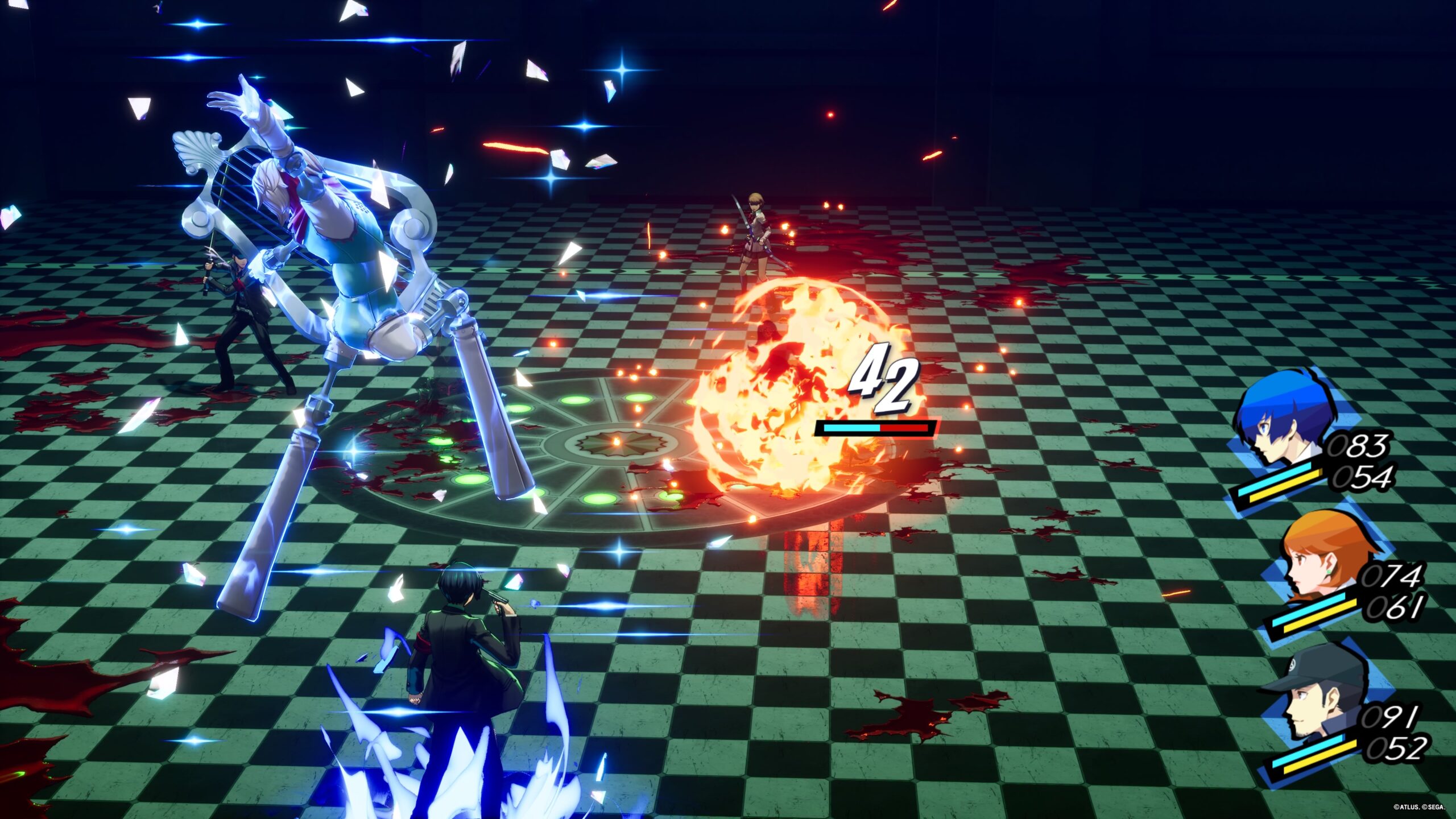
Aside from the daily activities, players will also be tasked with reaching the top of Tartarus, the massive tower I mentioned earlier. This activity left me with mixed feelings, but I want to talk about the positives first. P3R plays very much like Persona 5, which isn’t a bad thing. It’s actually a fantastic component. P3R’s combat is turn-based, and players can strategise their attacks with their team, utilising Pokémon-esque typing attacks to deal super effective magical damage against their opponents. Combat is a lot of fun, and mini-boss encounters, as well as major boss challenges, help provide adequate challenges to players as they make their way through the story and explore Tartarus. Players can mix and match their team for combat efficiency, upgrade the armour and weapons of their squad mates, unlock multiple passive abilities, and also build up and utilise Theurgy against their opponents. Theurgy is essentially an incredibly powerful special move, which not only delivers phenomenal damage to your opponents, but each one is also a visual spectacle; more on that later. If you love turn-based combat, or Persona battle mechanics, P3R delivers a high-quality version that will satisfy fans.
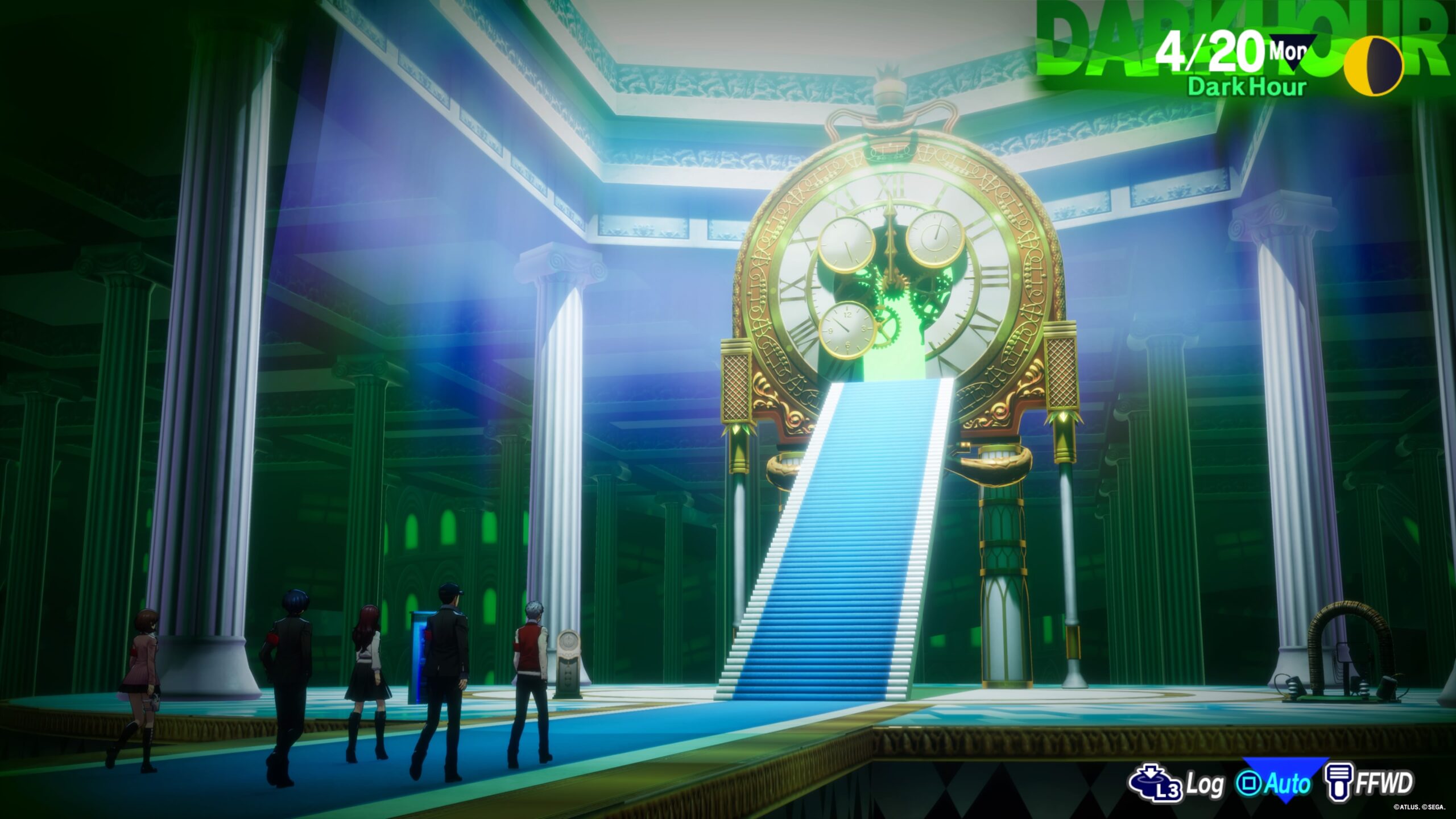
Now, it’s time to talk about the negative aspects of exploring Tartarus. This ridiculously huge tower consists of over 250 levels, and across the entire game, you must make your way through each and every single one. P3R does try to alleviate the repetitive nature of this process by making some floors only feature one battle, some are completely devoid of light, and some have hidden Monad Doors, which house challenging foes that reward the player with rare items. However, the process of exploring Tartarus, mostly due to the number of floors available, does become repetitive. Players can rush to the exits if they wish, a process I started doing from level 200 onwards, but it still is a time-consuming process. P3R does provide a dash button to lessen the time it takes to explore Tartarus, but I’d be lying if I didn’t say this process became extremely repetitive. Especially when visually, there are only a handful of different visual variants of the levels featured in Tartarus. As mentioned, combat is still a heap of fun, but Tartarus became more of a hindrance, keeping me from the best parts of the game, rather than adding anything profound to the adventure.
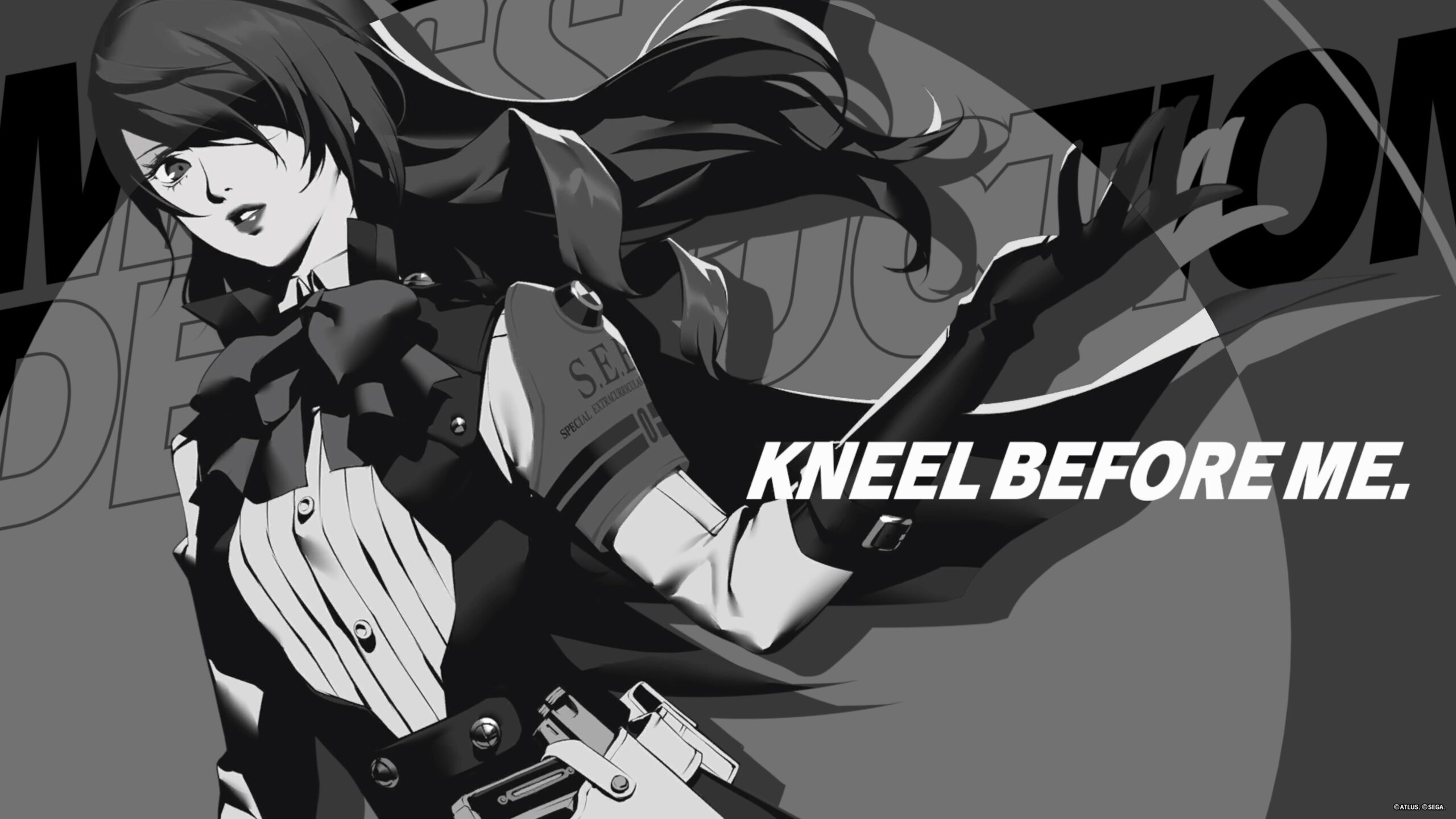
The soundtrack in P3R is phenomenal. When it came to starting my P3R journey, I had zero doubt that the soundtrack would deliver, and from the opening anime-style introduction scene, I was in love. P3R includes new original tracks, and even original Persona 3 tracks have been rearranged to give fans a new reason to experience the remake. Each distinct area of the city, almost every different menu, each boss encounter, and simply background music across my 80-hour playthrough were enhanced due to the amazing tracks. Each and every song hits, but not only that, they are addictive, atmospheric, and absolutely adrenaline-inducing. I was constantly catching myself bopping along to the musical excellence P3R delivered and would even catch my Missus dancing along to them as I played. P3R delivers banger after banger from various genres to the point where I was genuinely mystified as to how this treat for the audio senses was constructed. P3R’s soundtrack was so amazing that I plan to play the Persona 3 music rhythm game as soon as possible so I can encounter most of these tracks again.
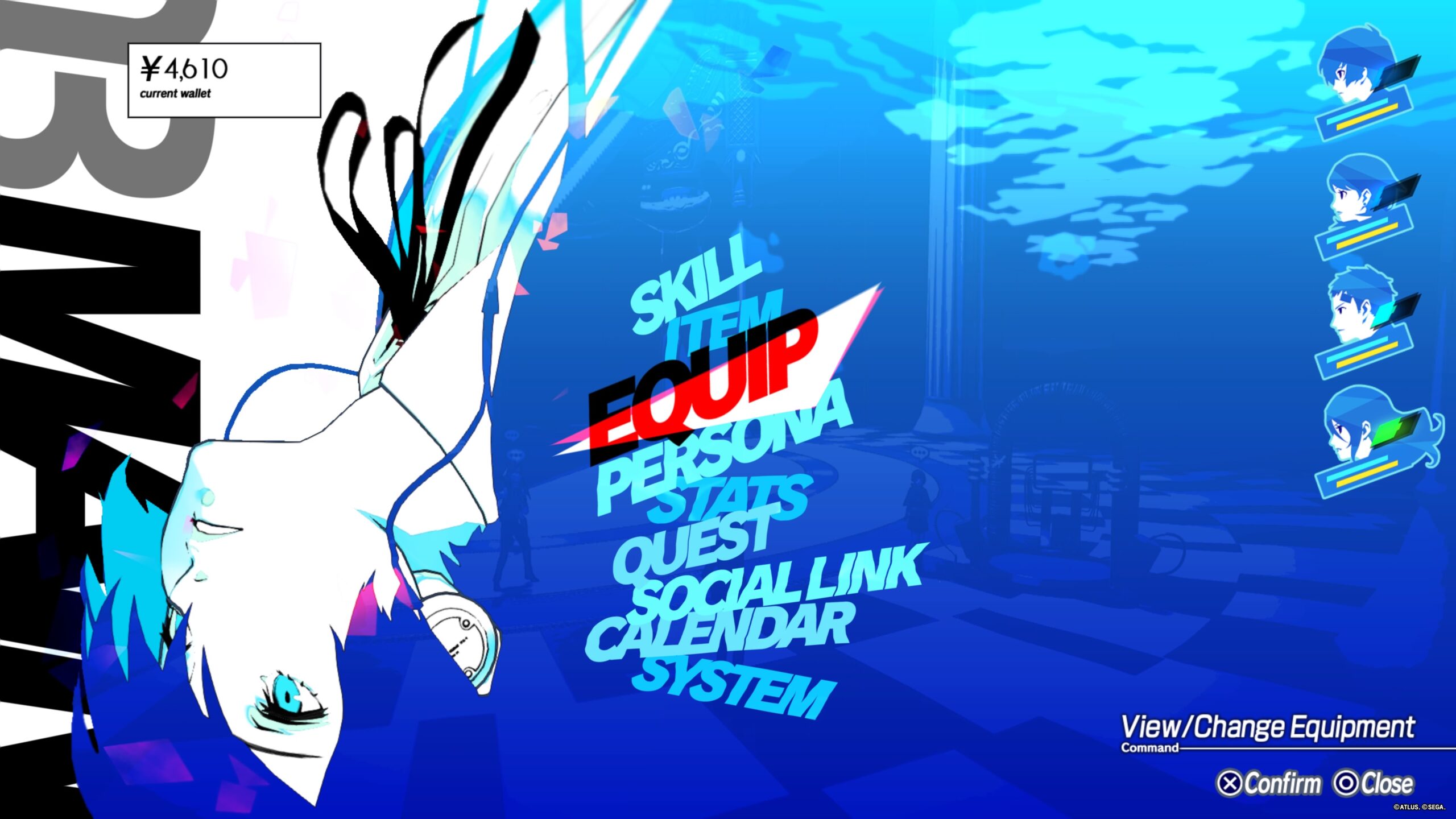
P3R also includes additional audio recordings for both Social Link characters and characters without Social Links, additional voiced scenes, and it’s also worth noting the main cast has been recast. This may be a contentious decision for hardcore Persona 3 fans, but I was more than happy with the voice acting across P3R’s adventure, and I thought the main cast all delivered fantastic performances.
Visually, P3R is more in line with Persona 5 Royal on current generation systems. All character models are 3D, and the world you explore looks as great as they did in Royal, with additional anime-style cut scenes included during important moments in the story. P3R also shines in the user interface department, an area in the Persona franchise that always shines. Each menu is gorgeously crafted with intrinsic beauty, with moving menus used to help keep everything fresh and improve user navigation. The menus of P3R are genuinely beautiful pieces of art, making exploring menus much more fun than other games. The aforementioned Theurgy moves are also a lovely visual spectacle, each containing a unique set of colours and visuals to create a flurry of fireworks, emphasising the hard-hitting nature of each move. As someone who never played the original release, I can only make visual comparisons with what I have seen online, and with those comparisons, it’s easy to say P3R looks incredible when compared to its almost two-decade-old original.
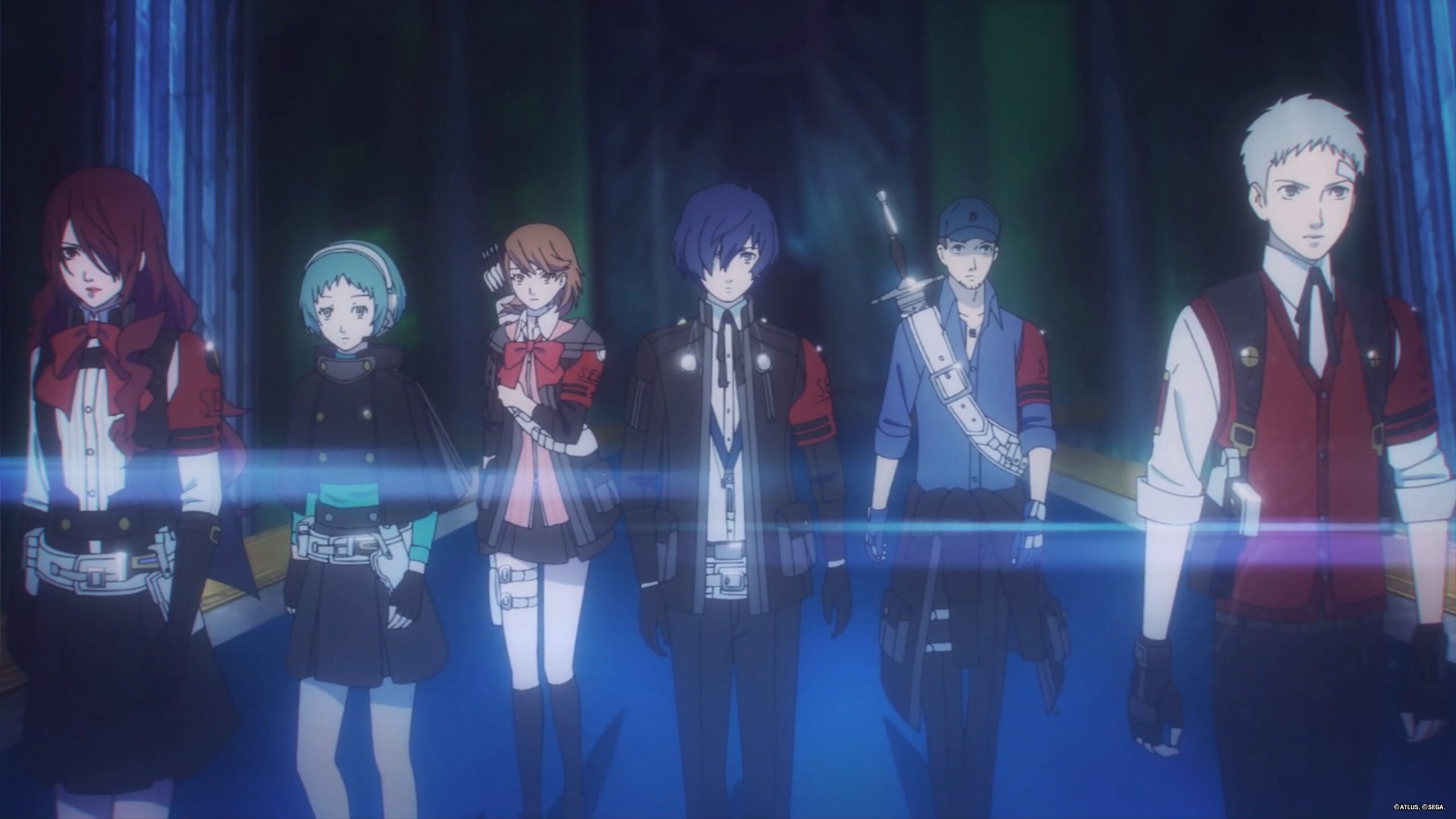
I played P3R on PlayStation 5, and while there is the option to transfer save files between the PlayStation 4 and PlayStation 5 versions, doing so can have negative implications on a player’s ability to earn Trophies. P3R openly provides this information to players (which was appreciated), advising them that Trophy progress may be negatively affected (resetting individual Trophy progression, etc.) when transferring save files, but it is worth noting that partaking in the cross-save feature may hinder your ability to earn Trophies efficiently.
PERSONA 3 RELOAD REVIEW
P3R is an incredible game in its own right, and it is an experience that has encouraged me to venture back to the original release to truly appreciate all the quality-of-life improvements this remake offers. It contains a phenomenal soundtrack, a memorable story with a brilliant cast of characters, as well as the fantastic side stories provided by the Social Links on offer. The turn-based combat delivers high-quality fun to both Persona ventures and new players alike, but exploring Tartarus eventually does become an extremely repetitive task.
I cannot recommend P3R enough. This was 80 hours well spent, and I look forward to eventually replaying this adventure for the Platinum Trophy in the near distant future.
PROS
-
Incredible narrative introduction, to a brilliant adventure
-
Memorable cast of unique and well-developed characters
-
Phenomenal soundtrack which enhances the experience
-
Powerful Social Link stories
-
High-quality turn-based combat
CONS
- Exploring Tartarus is extremely repetitive
